Understanding and Managing Asbestos in Homes
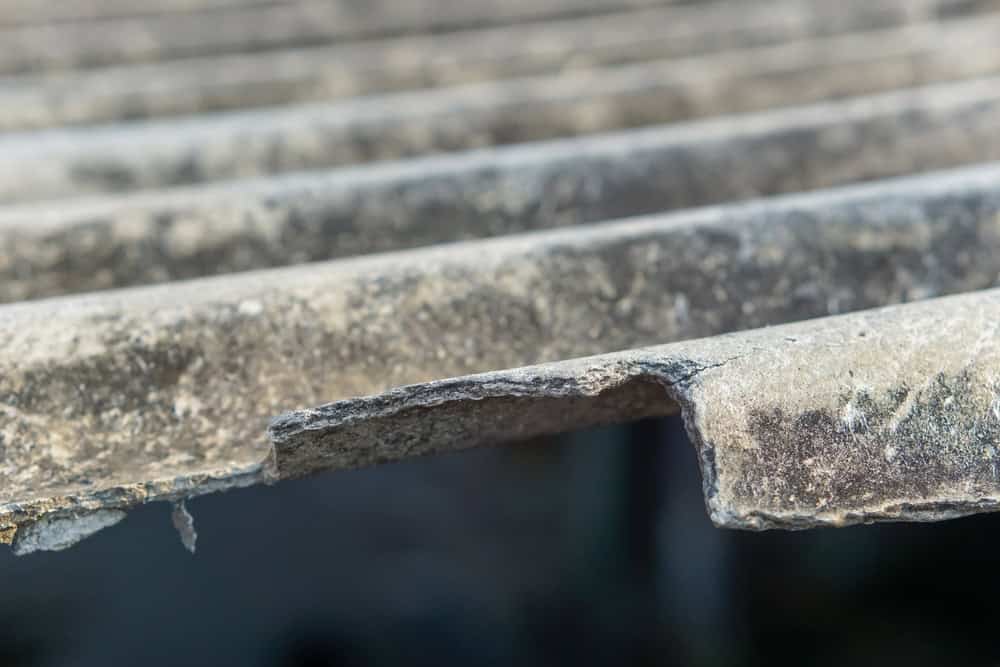
Asbestos is a mineral fiber that can be positively identified only with a special type of microscope. There are several types of asbestos fibers. In the past, asbestos was added to a variety of products to strengthen them and to provide heat insulation and fire resistance.
Health Effects of Asbestos
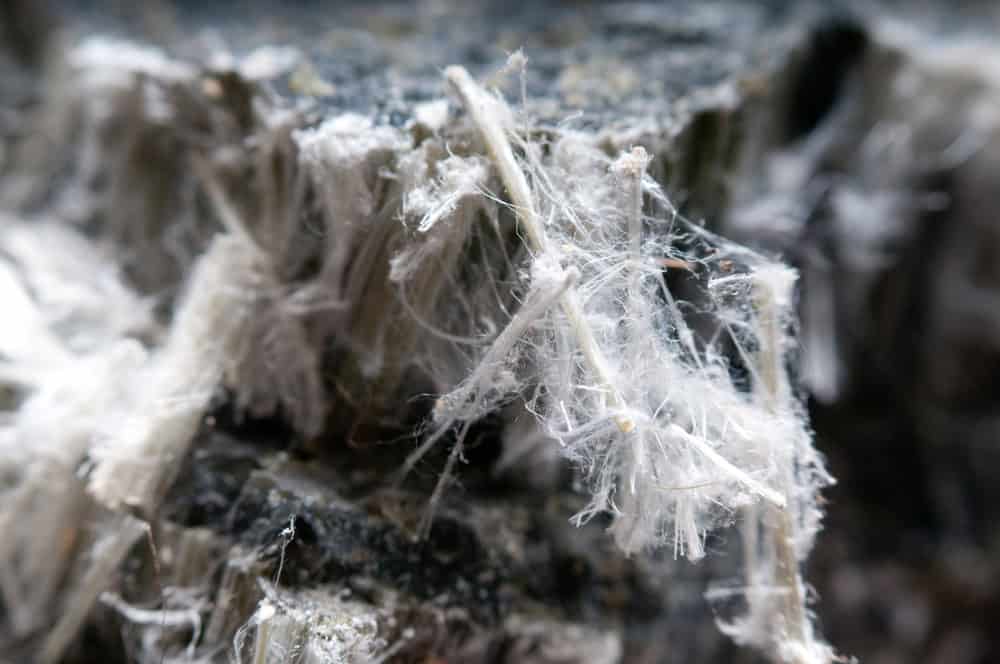
- Risks: Breathing high levels can increase the risk of lung cancer, mesothelioma, and asbestosis.
- Factors: Risk increases with the number of fibers inhaled and is greater for smokers.
- Latency: Symptoms usually appear 20 to 30 years after initial exposure.
- Low Exposure: Most people exposed to small amounts do not develop health problems.
- Disturbance: Disturbed asbestos materials release fibers that can be inhaled, increasing risk.
Common Locations of Asbestos in Homes
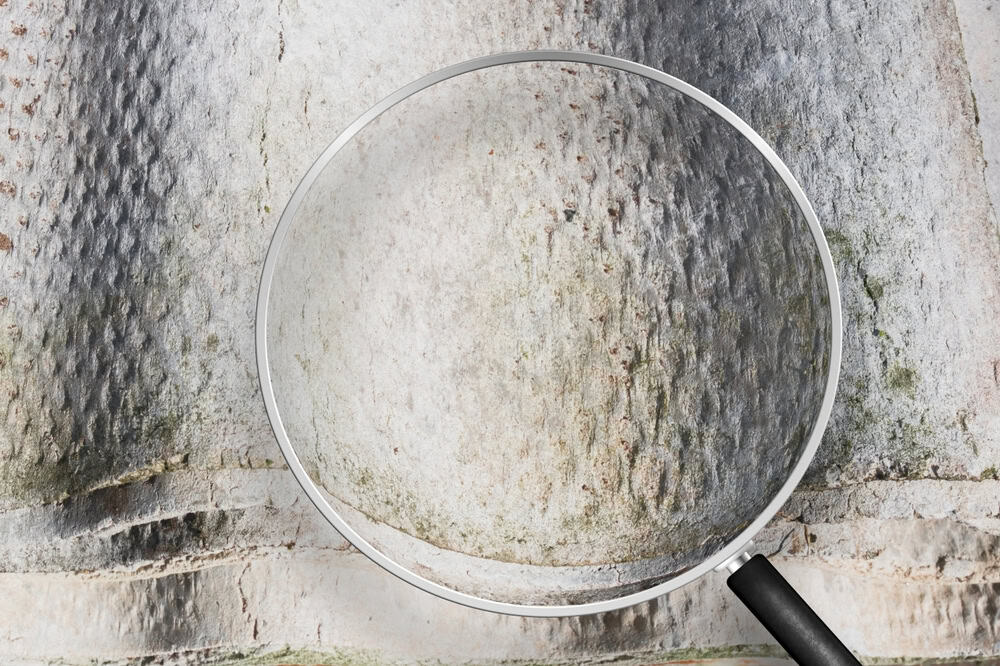
- Insulation: Steam pipes, boilers, and furnace ducts.
- Flooring: Resilient floor tiles (vinyl asbestos, asphalt, and rubber), sheet flooring backing, and adhesives.
- Appliances: Cement sheets around furnaces and wood stoves, door gaskets in stoves.
- Walls/Ceilings: Sprayed soundproofing, decorative material, patching and joint compounds, textured paints.
- Exterior: Asbestos cement roofing, shingles, and siding.
- Other: Artificial ashes, embers, fireproof gloves, stove-top pads, ironing board covers, hairdryers, and automobile brake pads/linings.
Actions to Take if You Suspect Asbestos
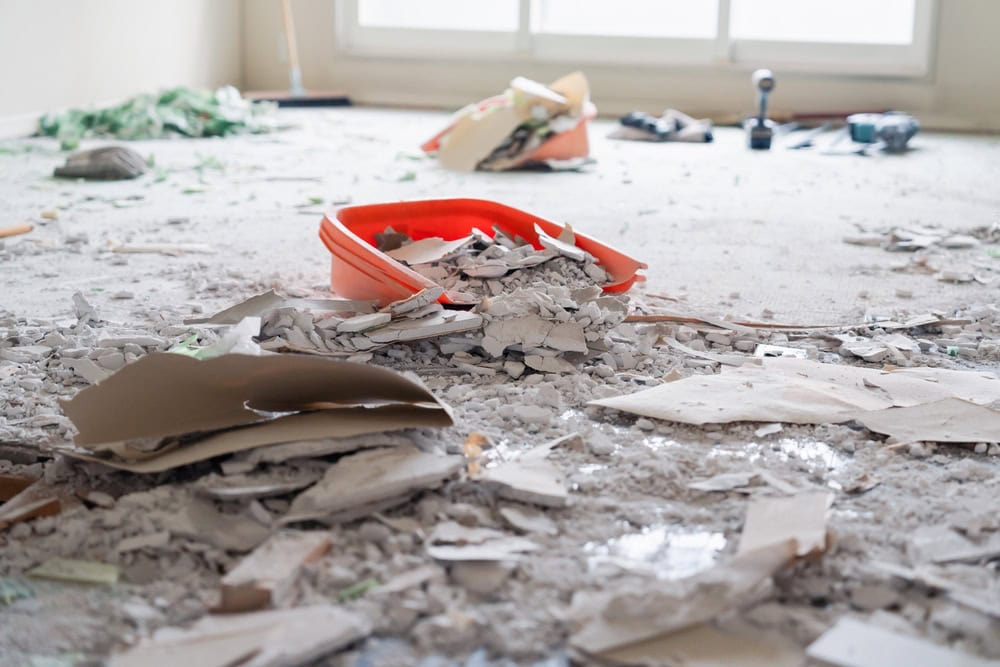
- Leave It Alone: If the material is in good condition, do not disturb it.
- Regular Checks: Look for signs of wear, tears, abrasions, or water damage.
- Limit Access: For slightly damaged material, restrict access.
- Proper Disposal: Discard worn items according to local guidelines.
- Professional Help: If material is more than slightly damaged or will be disturbed during remodeling, hire a professional for repair or removal.
Identifying Asbestos-Containing Materials

- Visual Inspection: You can’t identify it by sight unless labeled.
- Professional Sampling: Hire a qualified professional for sampling and analysis.
- DIY Sampling (Not Recommended): If you choose to sample yourself, follow strict procedures:
- Ensure no one else is in the room.
- Wear disposable gloves.
- Shut down HVAC systems.
- Do not disturb the material more than necessary.
- Place a plastic sheet below the area.
- Wet the material with a fine mist of water and detergent.
- Carefully cut a piece from the entire depth and place it in a sealed container.
- Dispose of the plastic sheet and clean the area with a damp paper towel.
- Label the container and patch the sampled area with duct tape.
- Send the sample to an accredited laboratory.
Managing Asbestos Problems
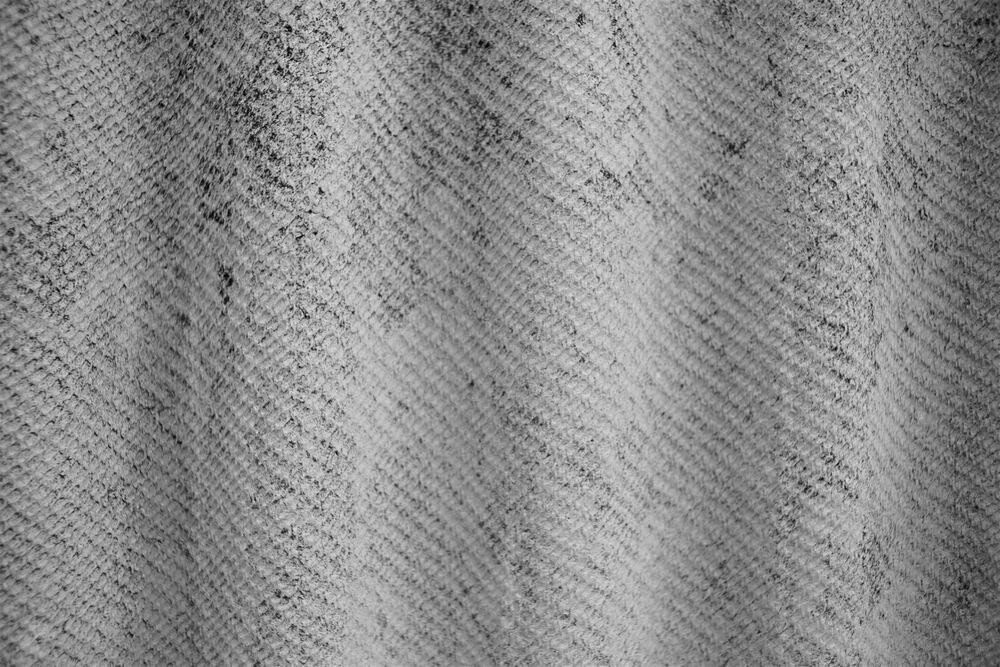
- If in Good Shape: Do nothing.
- Repair:
- Sealing (Encapsulation): Treating material with a sealant.
- Covering (Enclosure): Placing a protective wrap or jacket.
- Professional Repairs: Major repairs must be done by a trained professional. Minor repairs should also be done by professionals due to the risk of exposure.
- Removal:
- Last Option: Consider only when required or if material is extensively damaged.
- Professional Removal: Must be done by a trained contractor.
Asbestos Professionals

- Types: General asbestos contractors or professionals trained for specific products.
- Services: Inspections, sampling, condition assessment, advice on corrections.
- Qualifications: Verify completion of federal or state-approved training, licensing, and references.
- Conflict of Interest: Hire separate firms for assessment and correction.
- Homeowner Awareness: Be alert for misleading claims and unnecessary removal recommendations.
Guidelines for Hiring Professionals

- For Trained Inspectors:
- Ensure complete visual examination and lab analysis of samples.
- Get a written evaluation of location, damage extent, and correction recommendations.
- Ensure frequent site visits to verify proper procedures.
- For Corrective-Action Contractors:
- Check for safety violations with local authorities and the Better Business Bureau.
- Ensure proper equipment and protective clothing are used.
- Obtain a written contract specifying work plan, cleanup, and compliance with regulations.
- Verify contractor follows local removal and disposal laws.
- Ensure the work area is sealed off, and HVAC systems are turned off.
- Make sure the work site is clearly marked as a hazardous area.
- Insist on wetting the asbestos material before removal.
- Ensure the contractor avoids breaking material into smaller pieces.
- Assure thorough cleaning with wet mops, HEPA vacuum cleaners, and proper disposal in labeled bags.
Summary: Guidance on Asbestos

Asbestos, a mineral fiber used in homes before the 1970s, poses health risks if inhaled. Identify potential asbestos-containing materials, assess their condition, and take appropriate action, from leaving undisturbed material alone to hiring qualified professionals for repair or removal. Always prioritize safety to protect yourself and your family.
NextDay Inspect provides asbestos testing which is an important first step for protecting yourself from asbestos, especially when you’re renovating the house.